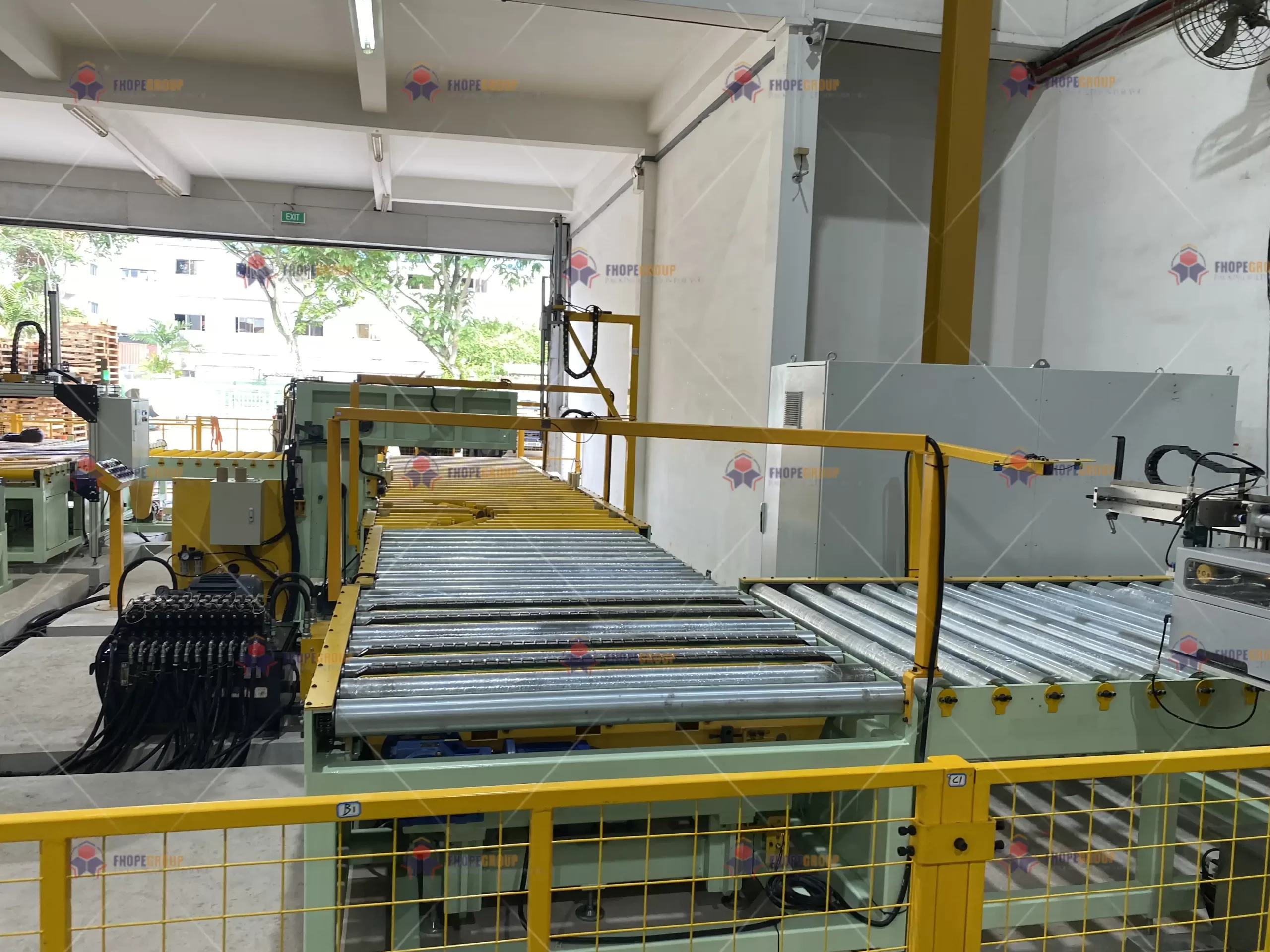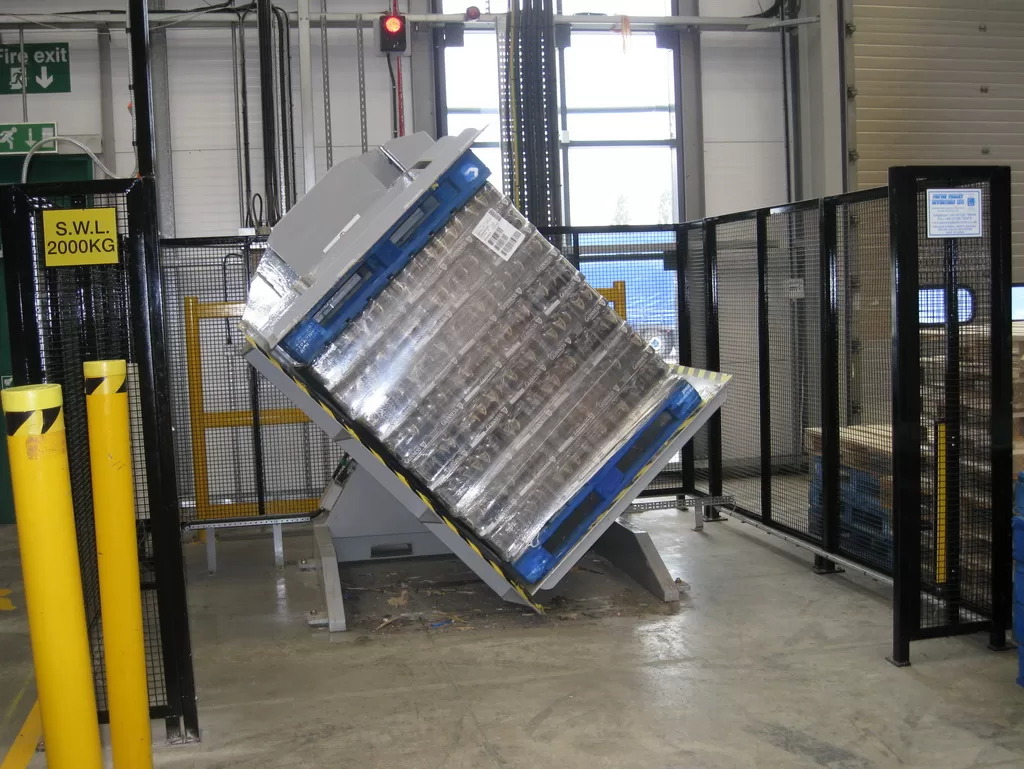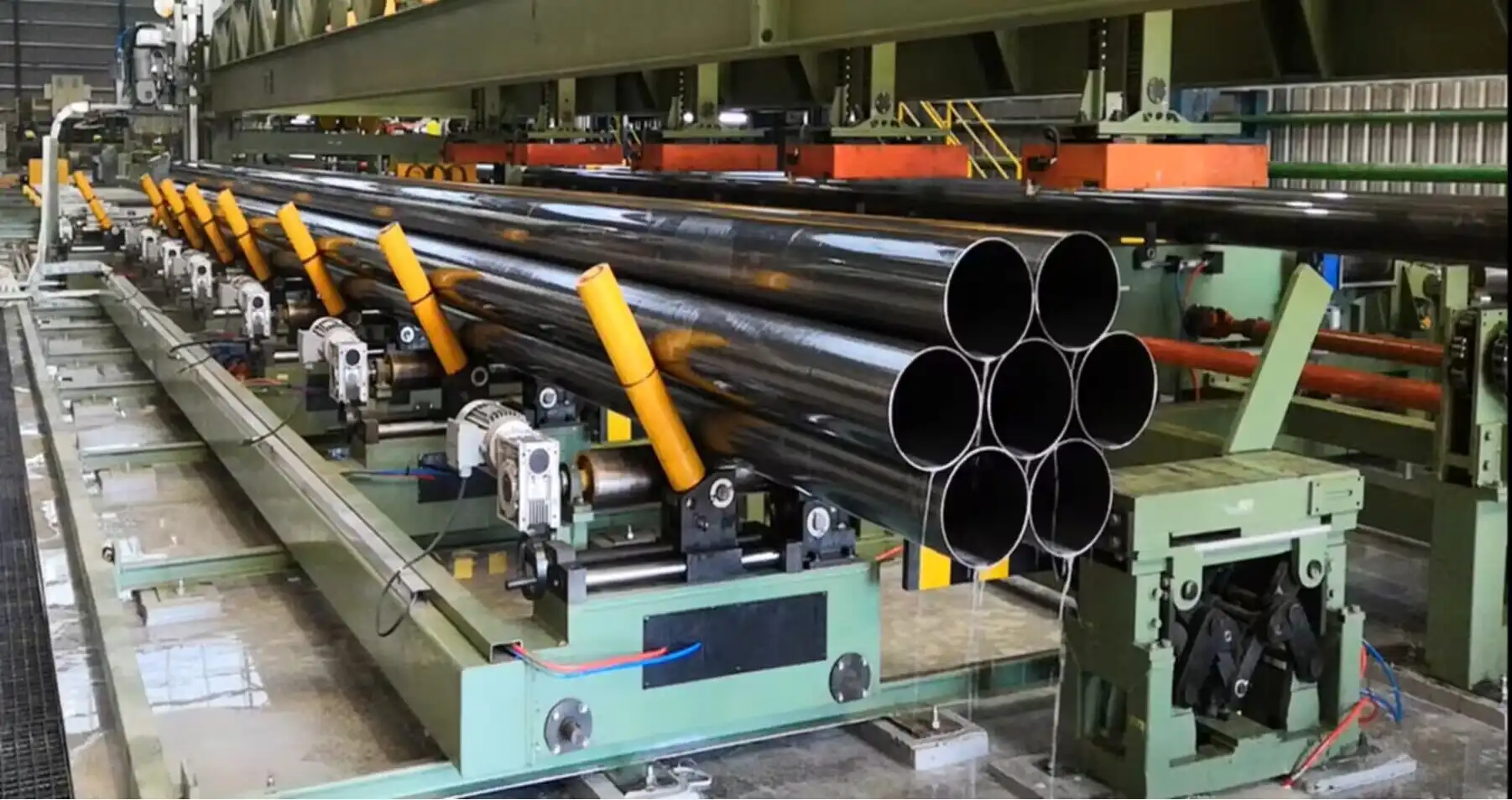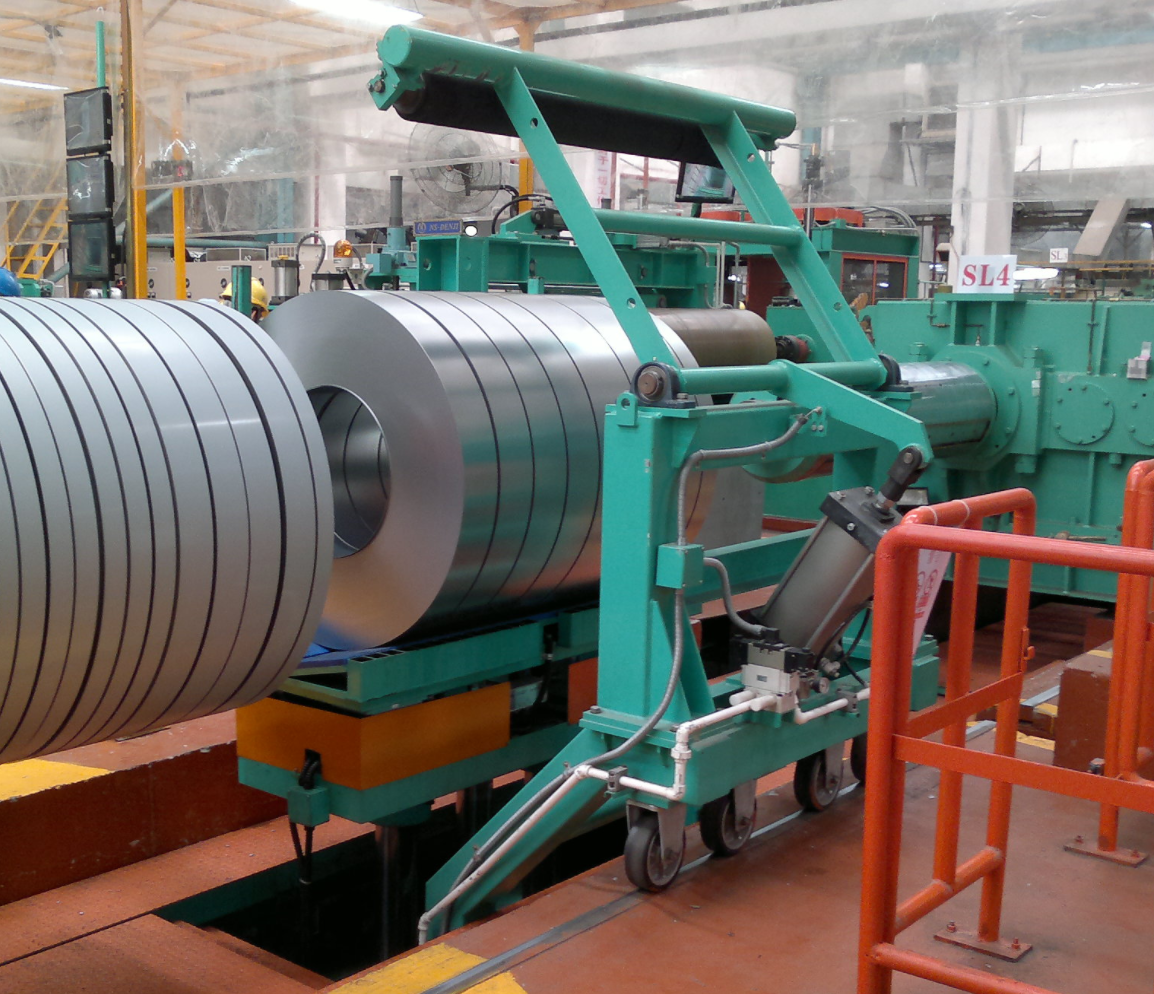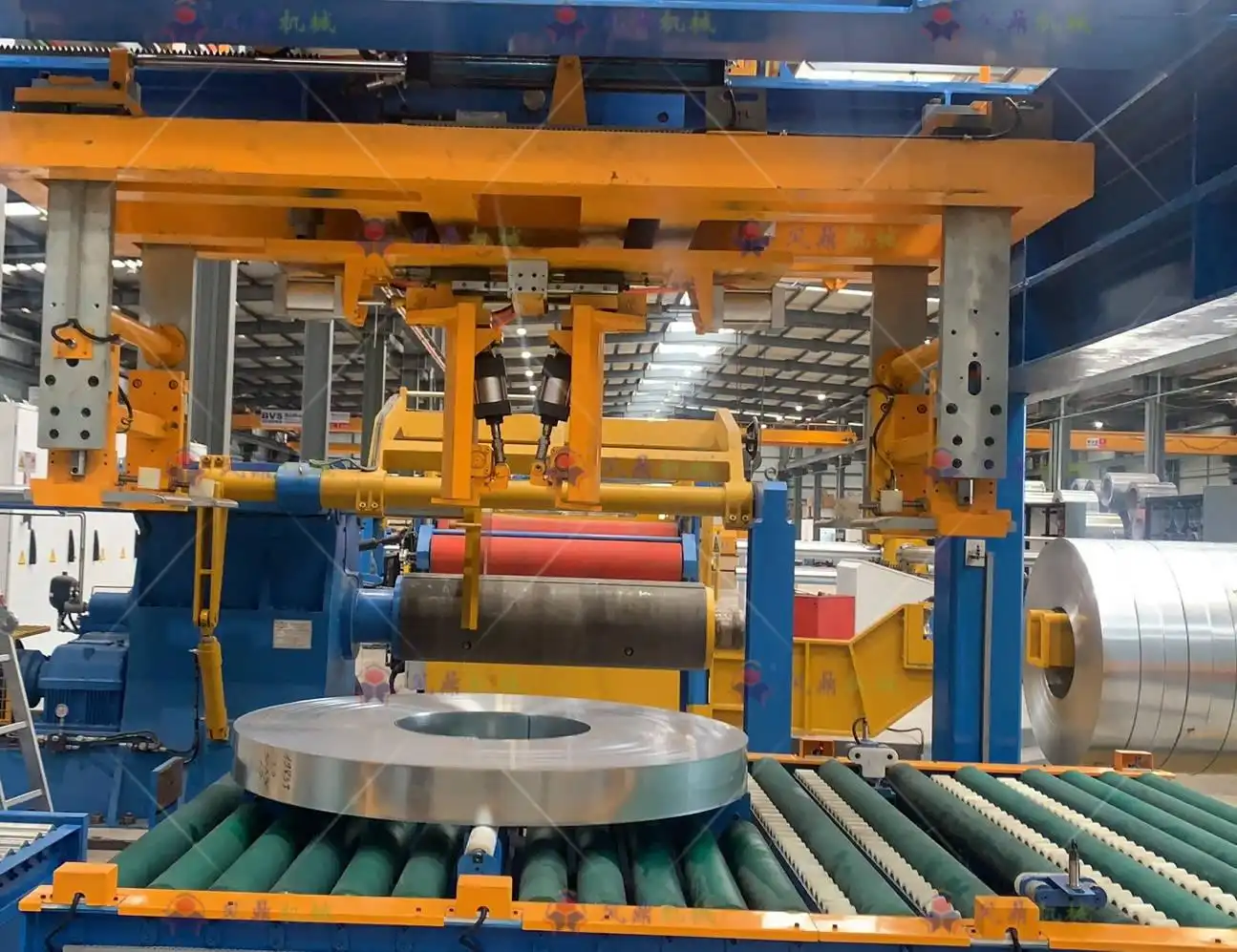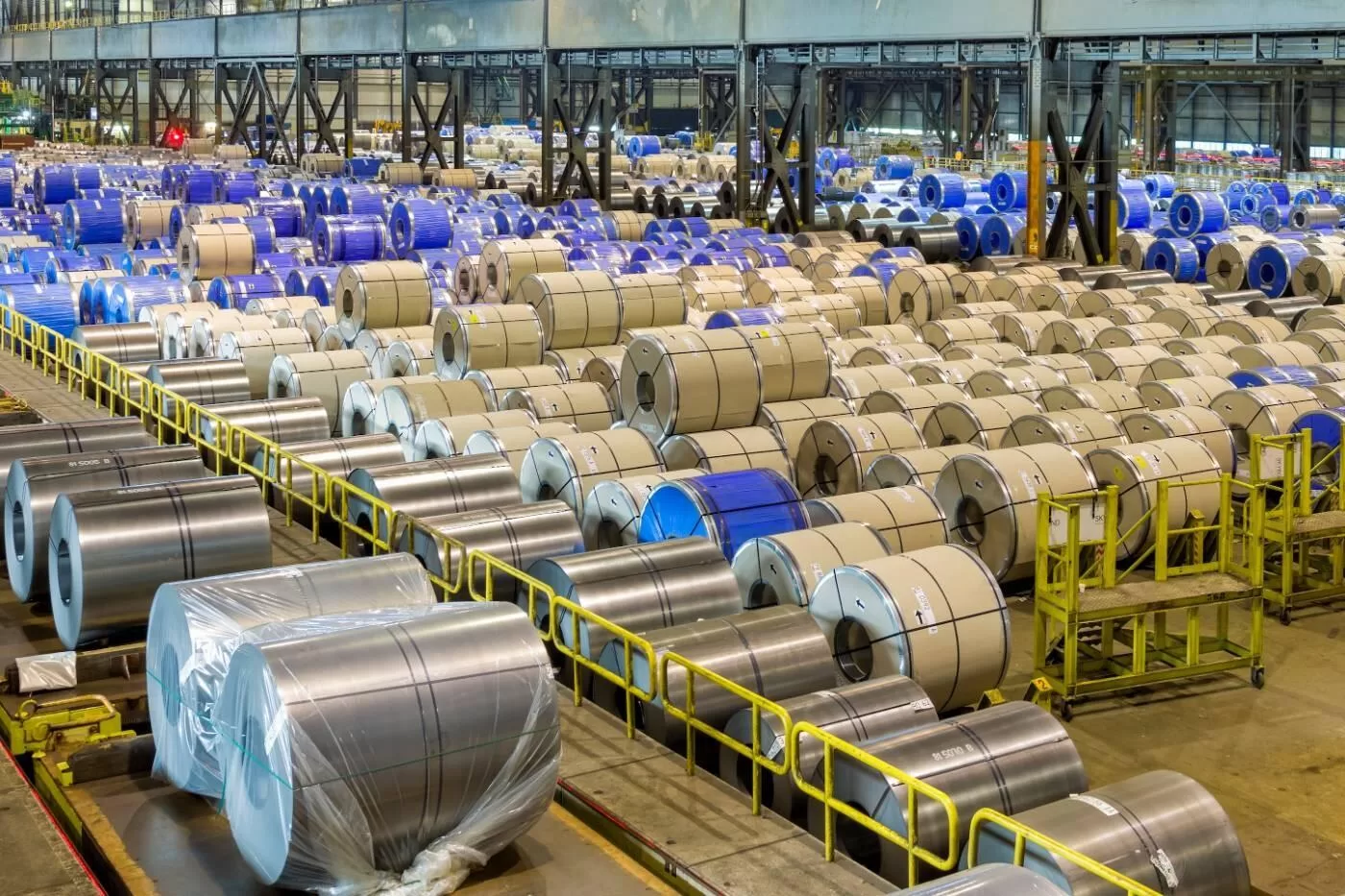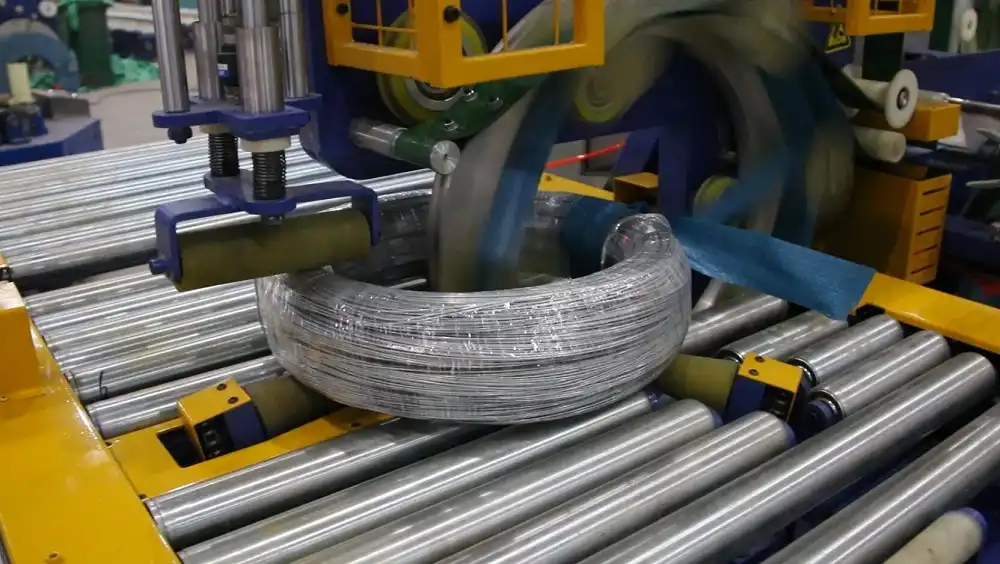What Are the Environmental Considerations for Steel Coil Packaging Waste Management?
Steel coil packaging, a seemingly innocuous part of the metal manufacturing process, is quietly contributing to a growing environmental problem. Are you aware that the disposal of steel coil packaging materials significantly impacts our ecosystems and bottom lines? Ignoring this waste stream is no longer an option for environmentally conscious and economically prudent businesses.
Environmental considerations for steel coil packaging waste management encompass material selection, waste reduction strategies, and adherence to recycling practices to minimize ecological impact and promote sustainability. Efficient waste management not only decreases landfill burden but also enhances resource utilization and aligns with global environmental stewardship efforts. This article delves into crucial aspects of eco-friendly steel coil packaging and waste management.
Let’s unwrap the layers of environmental responsibility in steel coil packaging and discover how your business can turn waste into a win for both the planet and your profits.
Optimizing Material Usage for Coil Packing
Frustration mounts as businesses grapple with the paradox of protecting valuable steel coils while generating excessive packaging waste. Isn’t there a way to secure your products effectively without harming the environment and inflating operational costs? The answer lies in optimizing material usage, a cornerstone of sustainable coil packaging.
Optimizing material usage in steel coil packing involves employing precision wrapping techniques, selecting recyclable materials, and implementing automated systems to significantly reduce waste generation and minimize environmental impact. By focusing on efficient application and material choices, industries can achieve substantial reductions in both waste volume and resource consumption.

Dive Deeper into Material Optimization Techniques
To truly optimize material usage and minimize waste in steel coil packaging, a comprehensive approach is required. This involves not only choosing the right materials but also strategically implementing advanced machinery and operational controls. Let’s explore these critical areas:
Precision Wrapping with Ring-Type Machines
Traditional coil wrapping methods often lead to material waste through overlaps and inconsistent application. Ring-type wrapping machines offer a solution by applying materials with exceptional precision. These systems dispense wrapping films uniformly around the coil, ensuring each layer is purposeful without unnecessary redundancy. This targeted application significantly reduces material consumption compared to manual or conventional wrapping processes.
The Impact of Tension Control
Improper tension control during wrapping is a major contributor to material waste. Over-wrapping, often done to ensure coil stability, leads to significant wastage. Advanced tension control systems are crucial for applying wrapping film at the optimal tightness—secure enough to protect the coil but not excessive. This prevents over-consumption of materials and reduces film breakage, which necessitates re-wrapping and further waste.
Sustainable Material Selection
The choice of packaging material is paramount. Traditional materials like laminated or VCI paper are often less recyclable, increasing landfill waste. Shifting to eco-friendly alternatives such as polyethylene (PE) and polypropylene (PP) offers a sustainable advantage. These materials are not only recyclable but also can be optimized for precision wrapping techniques to further minimize waste.
Consider the environmental attributes of different materials:
| Material Type | Recyclability | Environmental Impact of Production | Waste Potential | Optimal Use Case |
|---|---|---|---|---|
| Polyethylene (PE) | High | Moderate | Low | Superior flexibility, moisture resistance |
| Polypropylene (PP) | High | Lower | Low | Enhanced rigidity, lower production impact |
| VCI Paper | Low | High (Chemical Processing) | Medium | Traditional rust protection |
| Laminated Paper | Very Low | High (Multi-material) | High | Less sustainable option, basic protection |
By integrating precision machinery, advanced tension control, and sustainable material choices, businesses can create a coil packing process that is both cost-effective and environmentally responsible. These optimizations not only reduce material costs but also significantly contribute to sustainable industrial practices.
Embracing Eco-Friendly Packaging Materials
In an era where environmental consciousness is as vital as operational efficiency, can your steel coil packaging truly reflect your commitment to sustainability? The answer lies in the materials you choose. Shifting to eco-friendly materials is not just an ethical decision but a strategic move towards responsible manufacturing and reduced environmental impact.
Eco-friendly packaging for steel coils primarily includes recyclable polymers like polyethylene (PE) and polypropylene (PP), offering superior recyclability and reduced environmental footprints compared to traditional materials such as laminated or VCI paper. Selecting between PE and PP depends on specific needs; PE provides enhanced flexibility, while PP offers greater rigidity and potentially lower production impacts.
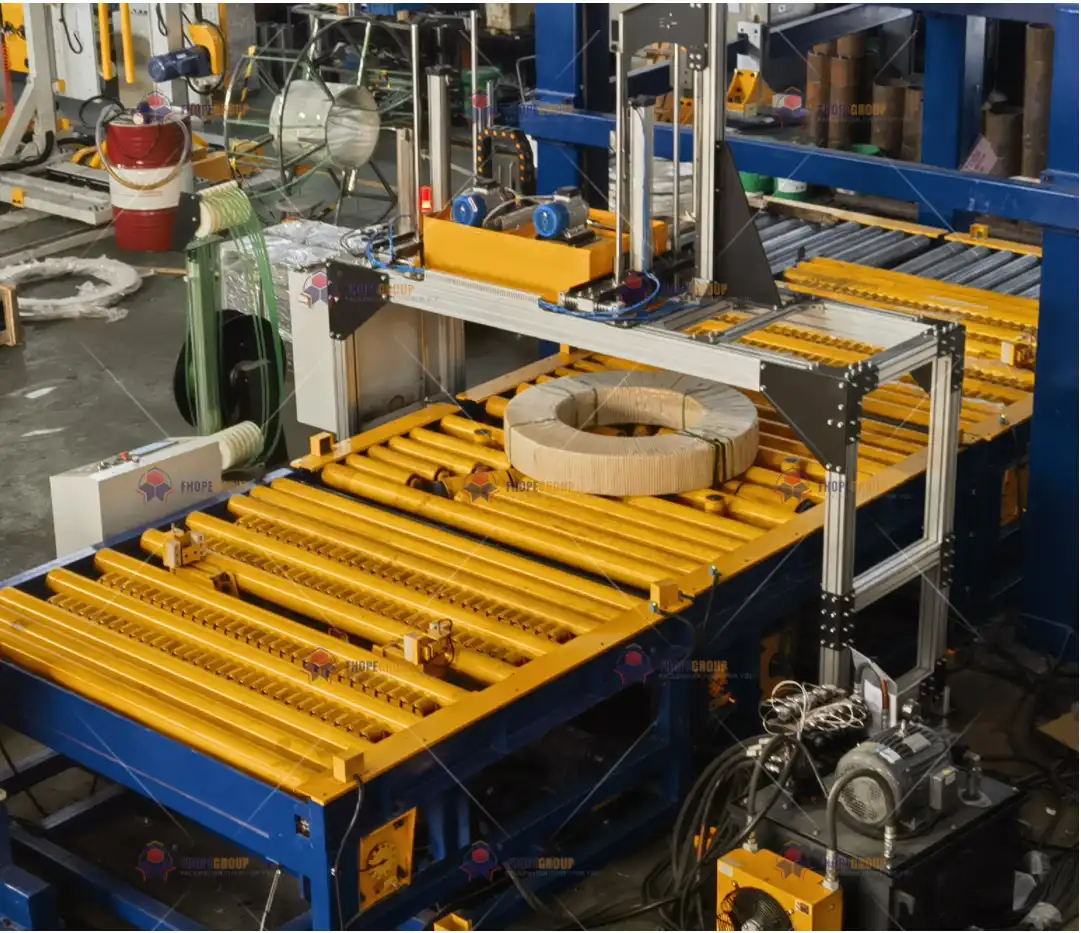
Delving Deeper into Sustainable Material Choices
Choosing sustainable materials for steel coil packaging goes beyond simple recyclability. It requires a deeper understanding of the nuanced benefits and trade-offs between various eco-friendly options, particularly polyethylene (PE) and polypropylene (PP). By evaluating material attributes, production impacts, and circularity potential, businesses can make informed decisions that truly enhance sustainability.
PE vs. PP: A Detailed Environmental Comparison
While both PE and PP are significantly better choices than traditional laminated materials, understanding their subtle differences is crucial for optimizing environmental performance and application suitability.
| Attribute | Polyethylene (PE) | Polypropylene (PP) | VCI Paper | Laminated Paper |
|---|---|---|---|---|
| Strength | High | High | Low-Medium | Medium |
| Flexibility | High | Medium | Medium | Low |
| Moisture Resistance | Excellent | Good | Poor | Fair |
| Recyclability | High | High | Low | Very Low |
| Production Impact | Moderate | Lower | High (Chemical Processing) | High (Multi-material) |
| Cost-Effectiveness | Generally Cost-Effective | Generally Cost-Effective | Moderate Cost | Higher Cost |
| Best Use Cases | Moisture-sensitive coils | Rigidity-prioritized coils | Traditional rust prevention | Basic protection, low recyclability |
As the table indicates, PE excels in flexibility and moisture resistance, making it ideal for coils requiring robust protection from environmental elements and physical stress. PP, while also strong, offers enhanced rigidity, which may be preferred when maintaining shape and structural integrity is paramount. The choice between PE and PP should balance these properties with the specific demands of the steel coil and the environmental priorities of the operation.
The Role of Recycled Content and Circularity
Beyond choosing between PE and PP, incorporating recycled content is vital for maximizing sustainability. Utilizing recycled PE or PP reduces the demand for virgin plastics, directly decreasing reliance on fossil fuels and lowering greenhouse gas emissions from plastic production. Designing packaging for circularity—ensuring it can be easily recycled again after use—is equally essential. This necessitates considering the entire lifecycle, from material sourcing to end-of-life management, to truly minimize environmental impact and close the loop in material usage. The future of sustainable coil packing lies in maximizing recycled content and optimizing for closed-loop systems.
Ensuring Proper Tension Control During Wrapping
Is tension control merely a technicality in steel coil packaging, or does it hold a key to environmental responsibility? Effective tension control is not just about package integrity; it’s a critical factor in reducing waste and promoting sustainability. Improper tension leads to material wastage, either through over-wrapping or package failure, impacting both costs and the environment.
Proper tension control in coil wrapping directly minimizes material waste and energy consumption by preventing over-wrapping and material breakage, thereby optimizing the utilization of wrapping films and enhancing environmental sustainability. Techniques such as machine calibration, quality material use, and real-time adjustment systems are crucial.

Advanced Techniques for Tension Management and Resource Efficiency
Achieving optimal tension control transcends basic machine adjustments; it necessitates integrating advanced technologies and methodologies to ensure both package security and environmental responsibility. Let’s explore these techniques that transform precision in wrapping into tangible ecological benefits.
Real-Time Adjustment Systems: Technology for Precision
Modern coil wrapping machines equipped with real-time tension adjustment systems are at the forefront of minimizing material waste. These systems utilize sensors to continuously monitor film tension and automatically adjust wrapping parameters on-the-fly. This technology ensures consistent tension without excessive film usage, adapting to variations in coil size and material properties. The precision significantly reduces material consumption compared to manual or less sophisticated systems.
The Human Element: Training and Best Practices
While technology is crucial, operator training and adherence to best practices are equally important for effective tension control. Well-trained operators can proactively identify potential issues, ensure correct machine setup, and minimize material waste through careful monitoring and adjustments. Implementing Standard Operating Procedures (SOPs) for tension control and material handling further contributes to consistent and environmentally conscious wrapping processes.
Key Techniques for Tension Control and Their Benefits
Combining advanced technology with skilled operation provides a holistic approach to minimizing waste and maximizing resource efficiency in coil packing.
| Technique | Description | Environmental Benefit | Operational Advantage |
|---|---|---|---|
| Real-Time Adjustment Systems | Sensors and feedback loops dynamically modulate tension | Prevents over-wrapping, reduces film consumption | Consistent wrapping quality, less operator intervention |
| Regular Machine Calibration | Periodic inspection and calibration of machinery | Ensures accurate tension application, minimizes errors | Reduced material breakage, lower downtime |
| Consistent Material Quality | Using uniform quality films | Predictable tension behavior, less need for adjustment | Stable wrapping process, improved efficiency |
| Operator Training | Comprehensive training on tension control best practices | Minimizes human error, reduces re-wrapping needs | Enhanced operator skill, reduced material wastage |
By integrating these advanced techniques and focusing on both technological solutions and human expertise, businesses can achieve superior tension control, significantly reducing material waste and enhancing the sustainability of their coil packing operations.
Coil Packing Machine Certifications and Regulatory Compliance
In the complex landscape of industrial operations, are certifications and regulatory compliance for coil packing machines merely bureaucratic hurdles, or do they represent a crucial pathway to environmental stewardship? Navigating coil packing machine certifications is essential for ensuring compliance with both safety and environmental regulations. These certifications serve as benchmarks, validating that machinery meets established standards and promotes responsible operation.
Coil packing machines require certifications to ensure safety, quality, and environmental compliance, including safety certifications like CE Marking and environmental certifications such as ISO 14001, validating eco-friendly operation and adherence to environmental standards. These certifications are vital for legal operation, market access, and demonstrating a commitment to responsible manufacturing and environmental protection.

Deciphering Essential Certifications for Sustainable Operations
The array of certifications for coil packing machinery can seem complex, but each plays a crucial role in validating different aspects of machine performance and environmental impact. Breaking down these certifications into categories helps clarify their importance and guides businesses in ensuring comprehensive compliance. Certifications can be broadly categorized into safety, quality management, and environmental performance. Each category addresses distinct but interconnected aspects of responsible machine operation.
| Certification Category | Certification Example | Focus | Environmental Relevance | Business Benefit |
|---|---|---|---|---|
| Safety | CE Marking | Health, Safety, Environmental Protection (EEA) | Ensures machine meets EU environmental directives | Legal market access in EEA, reduced risk of accidents |
| Safety | UL Certification | Electrical Safety (North America) | Minimizes electrical hazards, indirectly reducing risks | Assurance of safety, enhanced reputation, market access |
| Quality | ISO 9001 | Quality Management Systems | Consistent product quality, efficient processes | Improved operational efficiency, customer trust, quality assurance |
| Environmental | ISO 14001 | Environmental Management Systems | Comprehensive environmental management, resource efficiency | Enhanced environmental performance, regulatory compliance, image |
| Environmental | ENERGY STAR | Energy Efficiency | Reduced energy consumption, lower carbon footprint | Lower operating costs, energy savings, sustainability image |
| Environmental | RoHS Compliance | Restriction of Hazardous Substances | Minimizes hazardous materials in machine components | Safer manufacturing, compliance with environmental directives |
Investing in certified machinery not only ensures regulatory adherence but also positions companies as responsible and forward-thinking in an increasingly environmentally conscious world, enhancing brand image and market credibility. Compliance with environmental regulations and pursuit of certifications are not just about avoiding penalties; they are about embracing a sustainable operational ethos that benefits both the environment and the long-term viability of the business.
Conclusion
Reducing waste in steel coil packaging is not merely an operational tweak but a profound shift towards environmental responsibility and economic efficiency. By embracing strategies such as material optimization, eco-friendly material adoption, and proper tension control, industries can significantly curtail waste generation. Adhering to coil packing machine certifications further reinforces this commitment, ensuring compliance and promoting sustainable practices. These efforts not only lessen environmental impact but also enhance operational efficiency, reduce costs, and cultivate a robust, responsible brand image in the global market. Embracing these strategies is crucial for businesses aiming to thrive in an increasingly sustainable and competitive world, and for those seeking advanced solutions, exploring a coil packing line can be a transformative step towards achieving these goals.


